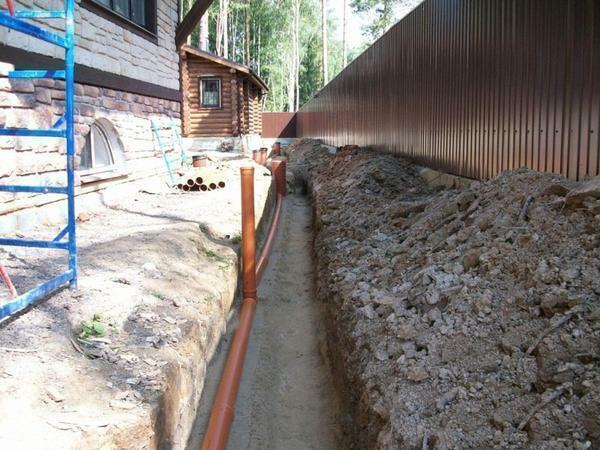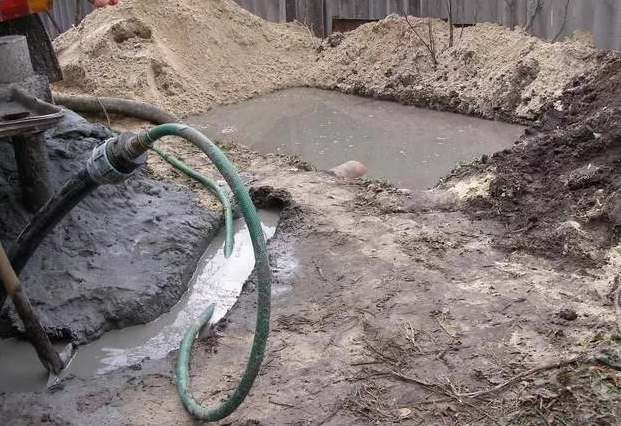Why do I need a sewer well?
As civilization grew, the requirements for hygiene of the population increased all the time, until the cesspools were replaced first by ground drains and then by underground sewerage. It was then that the first wells appeared to inspect the cloaca, as the underground canals began to call.
Today, the drainage water from the bathrooms falls into specially laid pipes, but the nodal parts, such as knees and forks in the system, require constant monitoring. That is why there are not only storage wells of the septic tank, but also the inspection wells, which also include rotary and delta wells.
The accumulative variant is the simplest, it is a self-contained system, it often does not need inspection wells that are used for draining off-site wastewater through a system of forced water discharge. The longer the sewer pipe, the more it needs the inspection wells.
In places where the pipe is rotated 90 or 180 degrees( and this happens), a well of the sewer type is required. Sometimes, when there is a rather steep slope on the site, a system for changing elevation marks is used to ensure a smooth slope of pipes using a specially designed lowering. It is located in a delta well, which performs the functions of a lookout too.
What should be the distance between the sewer wells?
If you have a linear sewer system, inspection shafts should be placed on it every 50 meters, this is quite enough for cleaning in case of blockage, the probability of which is extremely low in a straight pipe. However, it happens that pipes of the sewage system have to be bypassed by the foundations of various buildings and around the cellars. In this case , a rotary well is installed on each bend of the pipe.
The distance between the wells of this type of sewer is only due to the need to create a knee to turn the drain. Where several drain pipes are connected to one common one, leading to the accumulator, it is necessary to arrange a node shaft, it often happens to be one in the system.
As for the multi-stage differential system, it is necessary, as soon as possible, to shorten the distance between the elevation points. The fact is that in such places there are turbulent flows, often leading to the clogging of the knee. That is why the dots, depending on their depth, that is, the length of the drop, are set in increments of 1.5-2 meters. The maximum permissible depth of the drop is 3 meters.
The descent in a differential point can be performed both inside a mine of metal pipes and outside it in the form of a reinforced concrete channel.
Sewage well for sewerage
The inspection unit, as already mentioned, can combine several functions at once, for example, it can be used to turn the system and at the same time to create a drop, but in such a place there can be also a washing unit.
In other words, having descended to a concrete shaft( and maybe brick or plastic), you find yourself close to the shut-off device installed in it, to which a regular large-diameter water pipe is installed.
The need for a washing unit arises when the sewer has a fairly low flow rate, which causes deposits on the bottom of the pipes. When the special chamber in the rinsing well is filled with water, the shutter opens and the sewage system clears from all deposits and outgrowths on the walls.
The correct well for sewerage allows you to open the shutter without descending into the accumulated water. Such a procedure can be performed once a month, but if desired and more often, there are no special rules for washing pipes.


